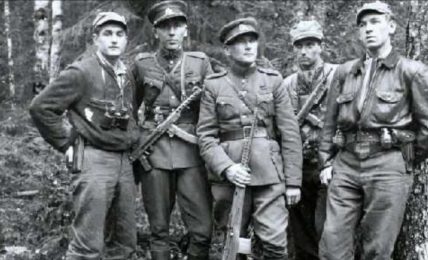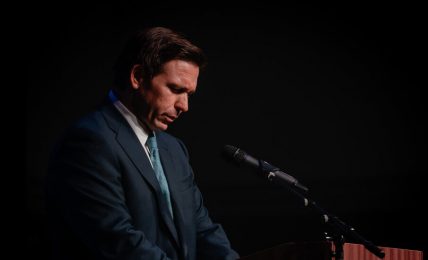Disclaimer. I am not a licensed health
practitioner. This is just another post on an item you might wish to
have available if needed so that a physician can treat you and your
family as best as possible. No medication, including those available
over the counter, should be taken without consulting a physician.
Information shared here is for educational and entertainment purposes
only. It is not medical advice nor a substitute for licensed medical
care. A qualified, licensed physician or other medical provider should
be consulted before beginning any herbal or conventional treatment.
With societal collapse will come more time spent outdoors in the sun and
the resultant sunburns and more time cooking outdoors with the
potential for thermal burns. Life experience has made most of us pretty
familiar with these kinds of burns personally and with the treatment.
However, in a collapse, we can become stressed and forgetful, so
references are always a good idea. And what may not be commonly known
is how sun exposure differs as the altitude changes.
We’re pretty much all familiar with first-degree, or superficial,
burns. The most commonly seen are sunburns, followed by those due to
excessive heat (like brief exposure to hot water, hot pans or utensils,
mechanical devices), and then chemical burns. (Second- and third-degree
burn management will be addressed in the next two weeks.)
Treatment for all of these burns is the same:
- Cool the burn with running cool water, not immersing the burned area
in a bowl or basin of water alone. You need running water to carry the
heat away and prevent further injury. Let the water run for 10-15
minutes. - The skin usually remains intact, so no antibacterial creams are used.
- Usually no dressing is applied.
- Administer ibuprofen for pain. Topical options include aloe vera
gel or zinc oxide. A drop or two of lavender essential oil is very
effective on small burns. - For sunburns, aloe vera gel with lidocaine is very soothing.
- To reduce irritation, wear light, cool clothing.
There may be superficial peeling about a week later, but there will be
no scarring. In more serious burns, when the amount of skin burned is
calculated, the area of first-degree burns is not included in that
calculation.
All of the above applies to individuals one year of age and older.
However, sunburns are an entirely different matter in babies under one
year of age. A sunburn, even if it appears mild, is much more serious
in a baby. Baby skin is extremely sensitive, and sunburns can occur in
as little as ten minutes, even on a cloudy day. Keeping a child in the
shade may not be adequate. Any sunburn in a baby is reason to see a
physician immediately.
But if that is not an option:
- Cool the baby in a cool bath with baking soda or oatmeal. Pat the skin dry. Do not rub.
- Also, apply a clean, soft washcloth dipped in cool water several times per day.
- Make sure not to chill the baby.
- Let the baby nurse as much as he wants and offer water in a bottle as well.
- Apply aloe vera gel.
- Dress the baby in loose clothing.
Keep in mind that the higher the altitude, the thinner the atmosphere,
and the more the sun’s ray penetrate. When I was spending my summers at
Lake Tahoe (elevation 6,500 ft), we were told that the atmosphere was
4% thinner for every 1,000 feet above sea level. Some researchers are
now saying that number is closer to 8% for every 1,000 feet. Regardless
of which number it is, if you’re up in the mountains, you need to be
much more careful. Even staying in the shade is not adequate
protection. Sunlight can reflect off water, snow, sand, and pavement. I
pity the poor baby we saw at church one week. He was six weeks old and
his parents took him to the air races. He was apparently in the shade
the whole time, but he had a horrific sunburn due to the rays reflecting
off the pavement.



